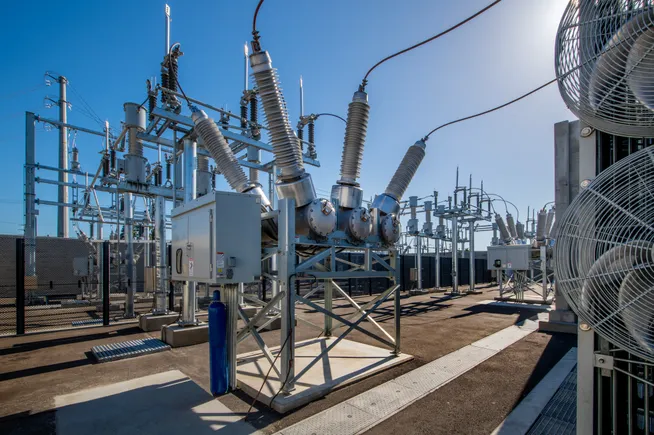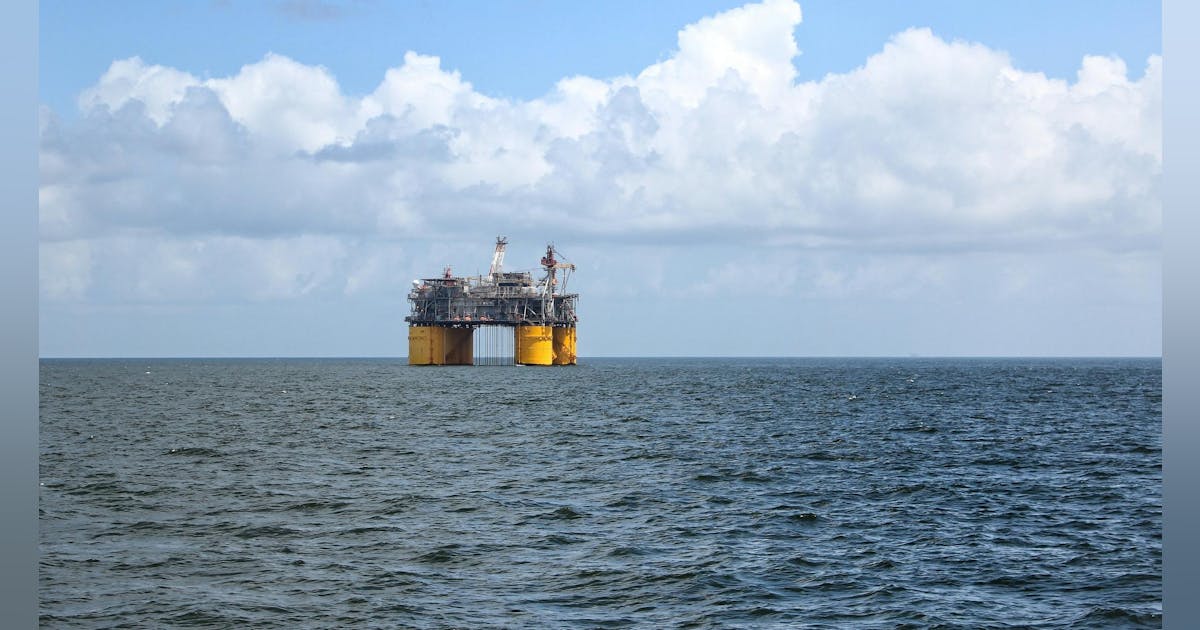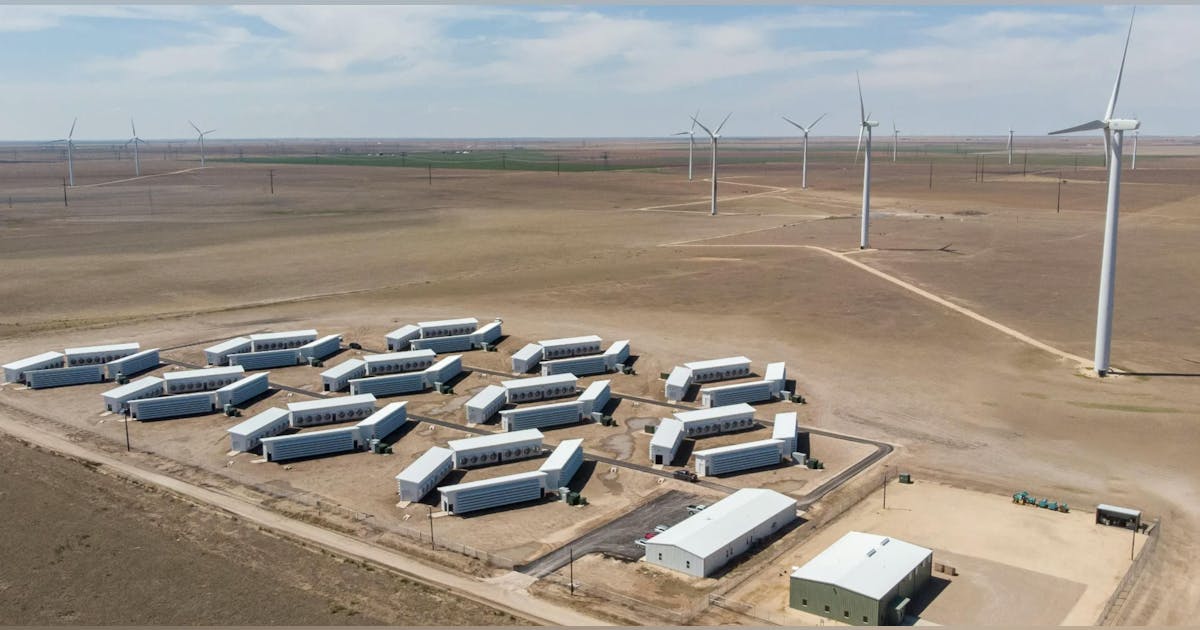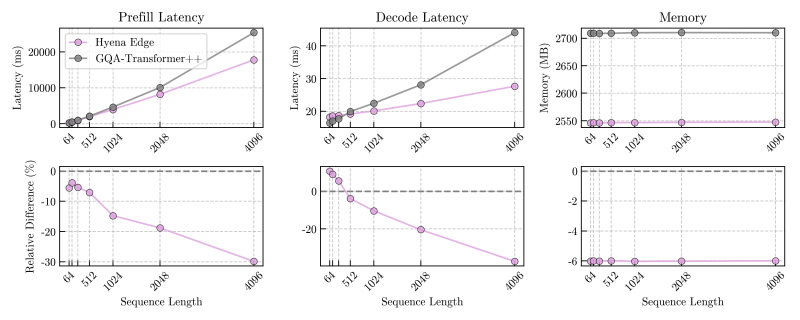
Wood Mackenzie’s report paints a picture of an industry caught between increasing surety about longer-term demand for its products, but excess supply and uncertainty in the near term.
At current prices near $65/bbl, margins are dented but not enough to force dramatic budget or development plan changes, Wood Mackenzie said. Companies are likely to delay growth capex and discretionary spending to preserve financial leverage and shareholder distributions, an approach possible due to increased portfolio and balance sheet flexibility built in since 2021.
Meantime, the supply chain is bracing for impact. The service sector is preparing for potentially reduced activity and downward pressure on costs. But tariffs could drive up the sector’s input costs, forcing service companies to choose between market share and margin erosion in well-supplied markets. Depending on how the situation evolves, tariffs could increase costs in the US by up to 6% onshore and 15% offshore, according to the report.
Moreover, near-term oil demand and OPEC+ market strategy concerns have caused oil and gas company share prices to fall. Capital allocation decisions are more difficult when prices, costs, and cash flow look volatile. Consequently, Wood Mackenzie anticipates a year-on-year decline in global upstream development spend for the first time since 2020.
“US tight oil operators would be among the first to curb investment if prices slide further, given their inherent activity flexibility,” said Ryan Duman, director of Americas upstream at Wood Mackenzie.
“But international projects are also feeling the pinch, with some already facing delays and budget revisions. More significant budgetary action would occur if oil settled below $60/bbl for a month or longer. A drop towards or below $50/bbl would prompt decisive action from most operators,” he said.






















